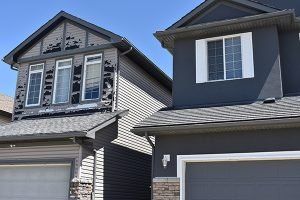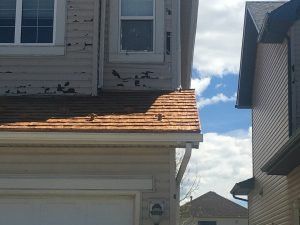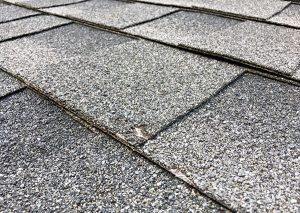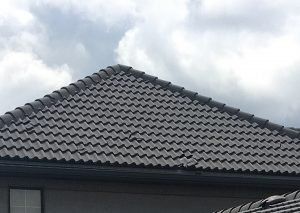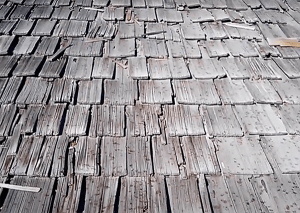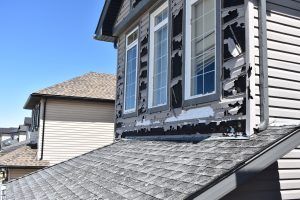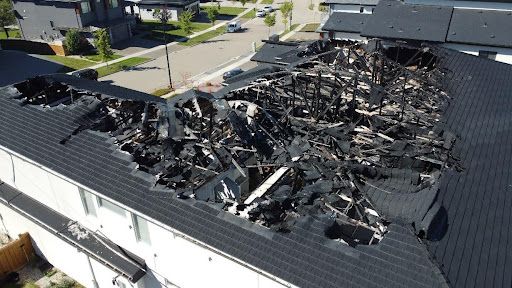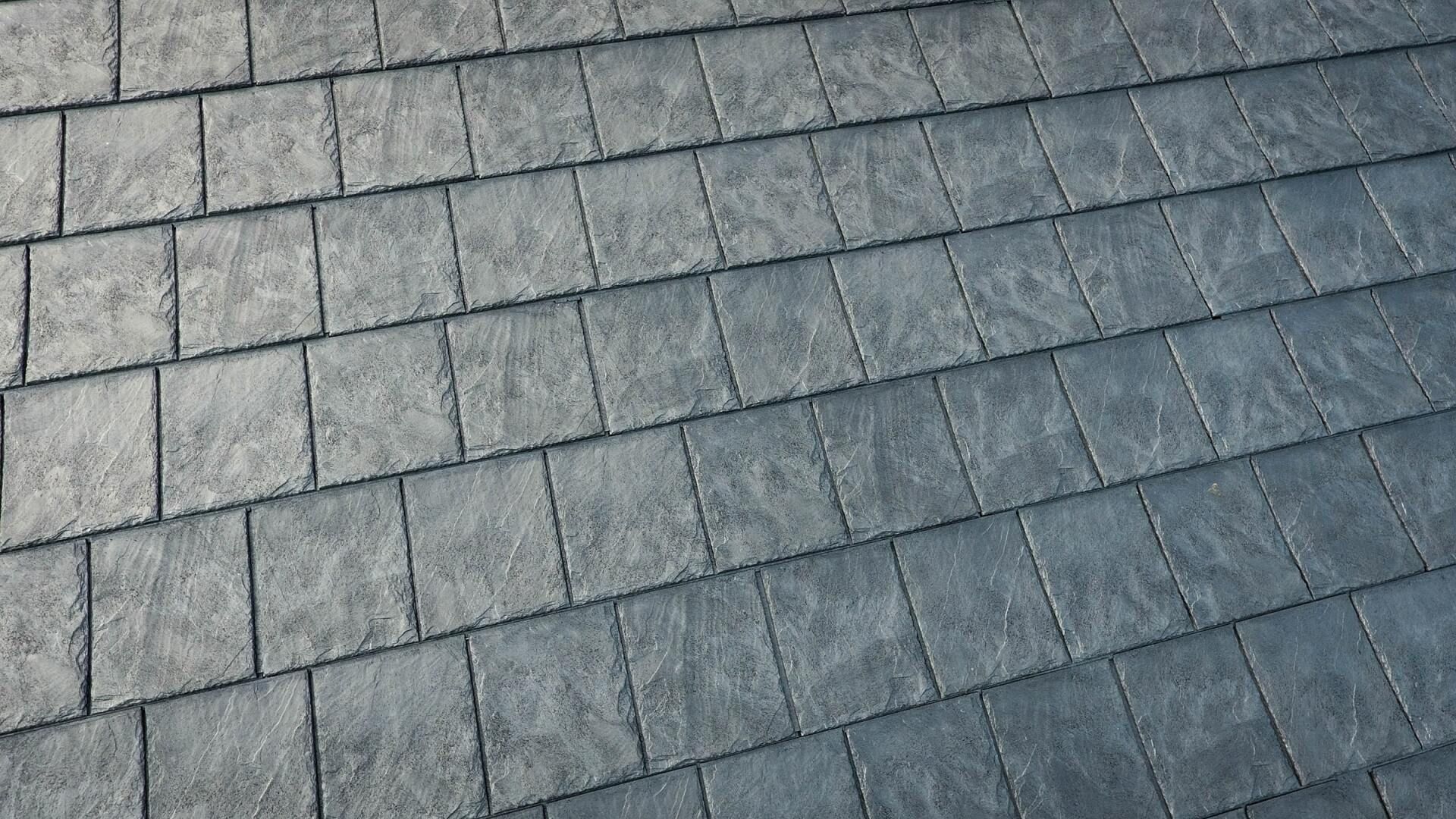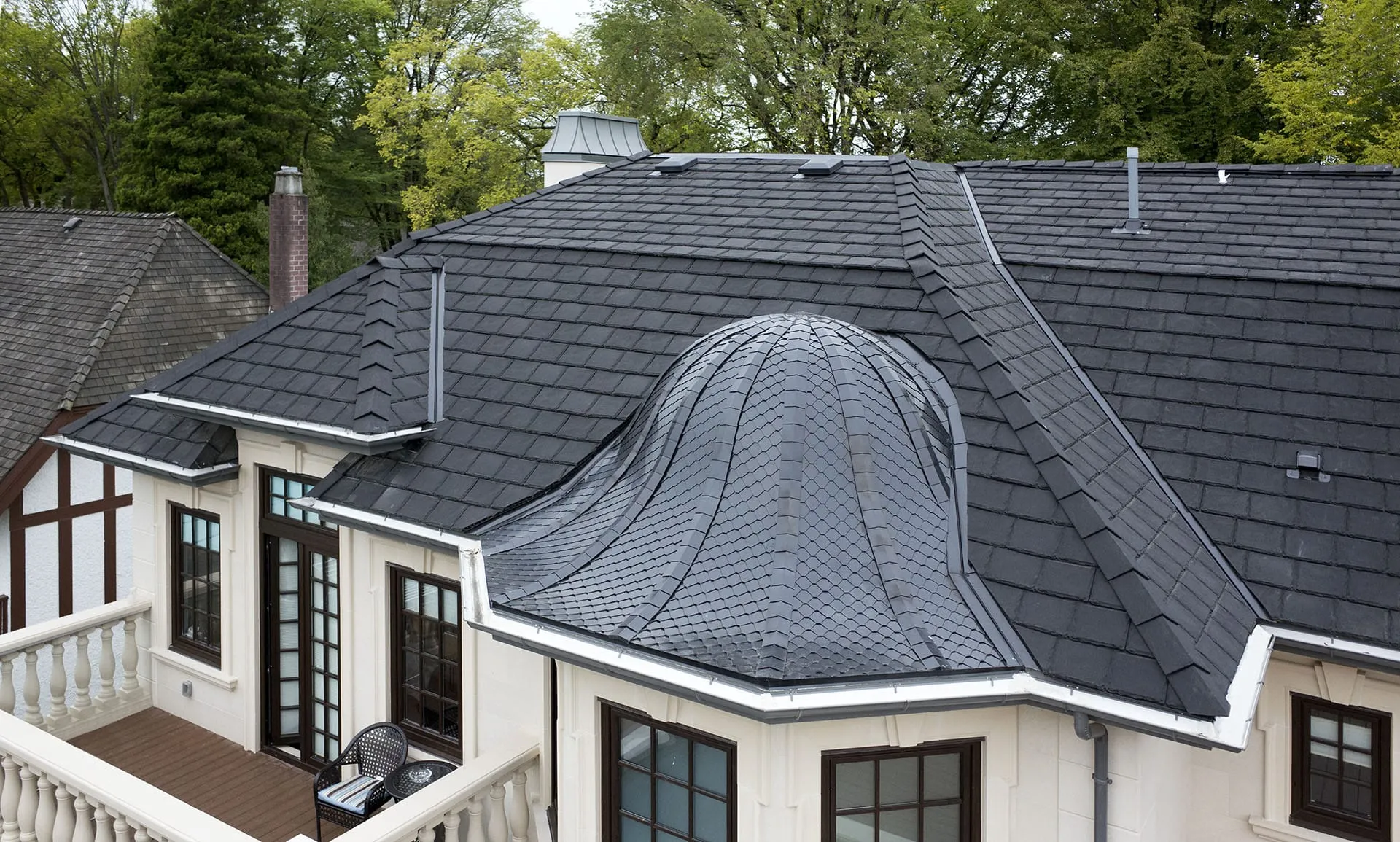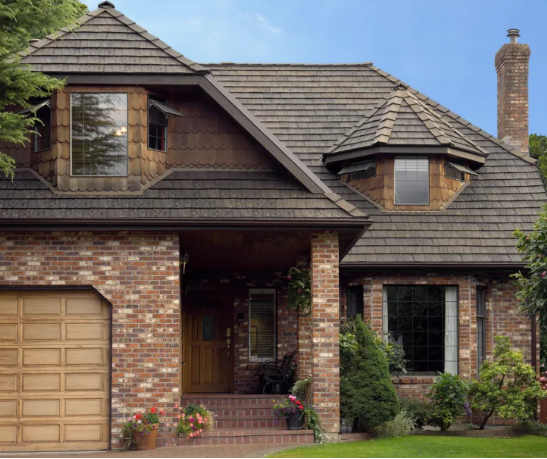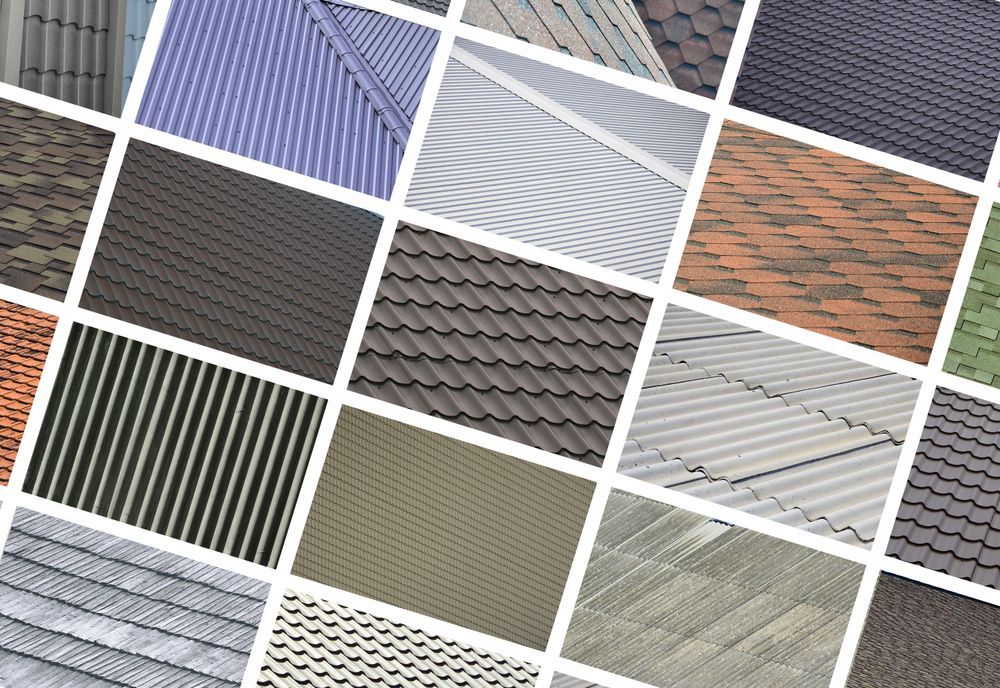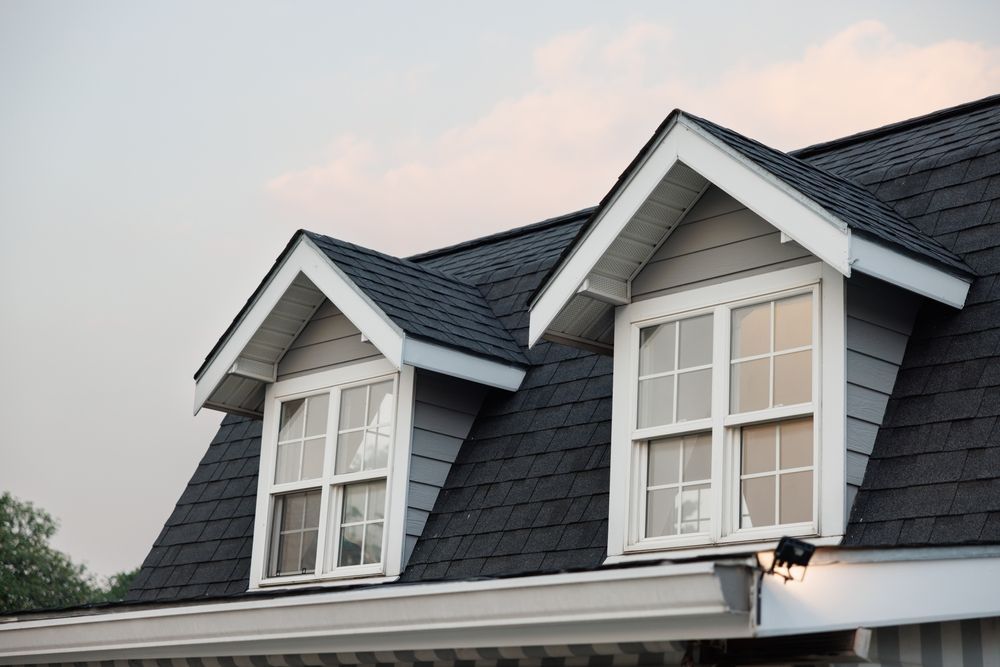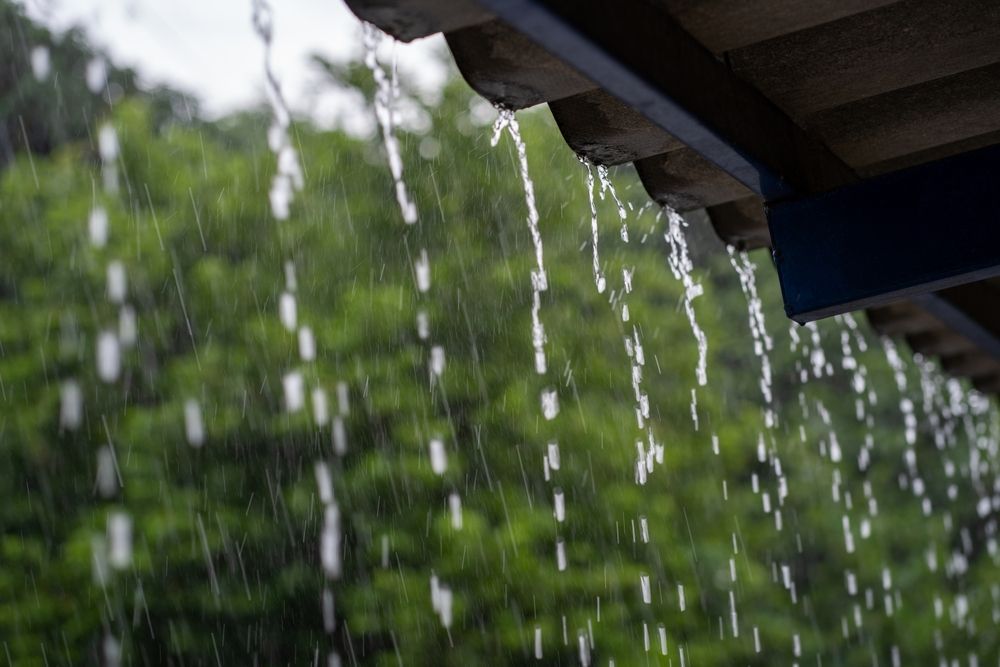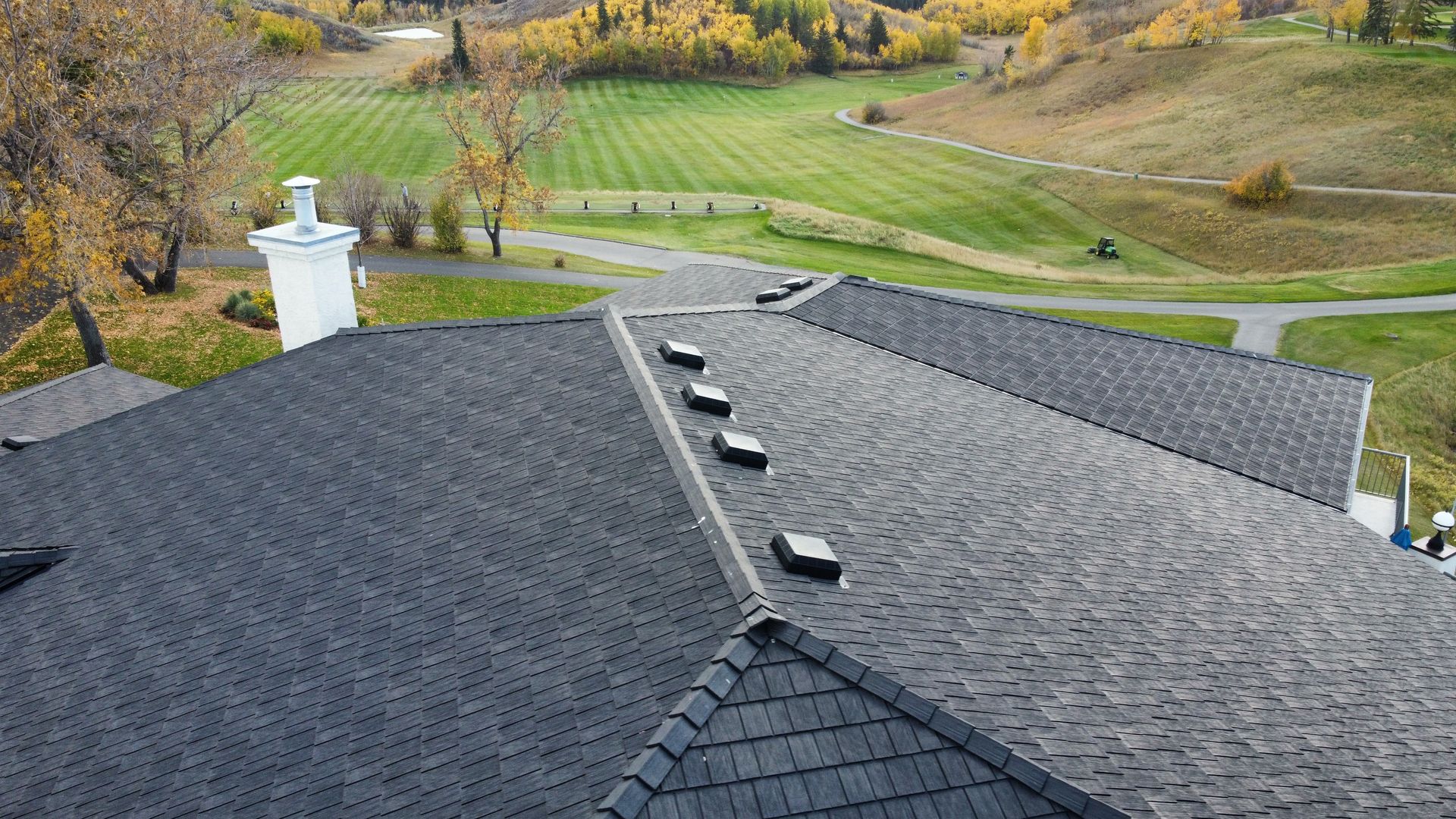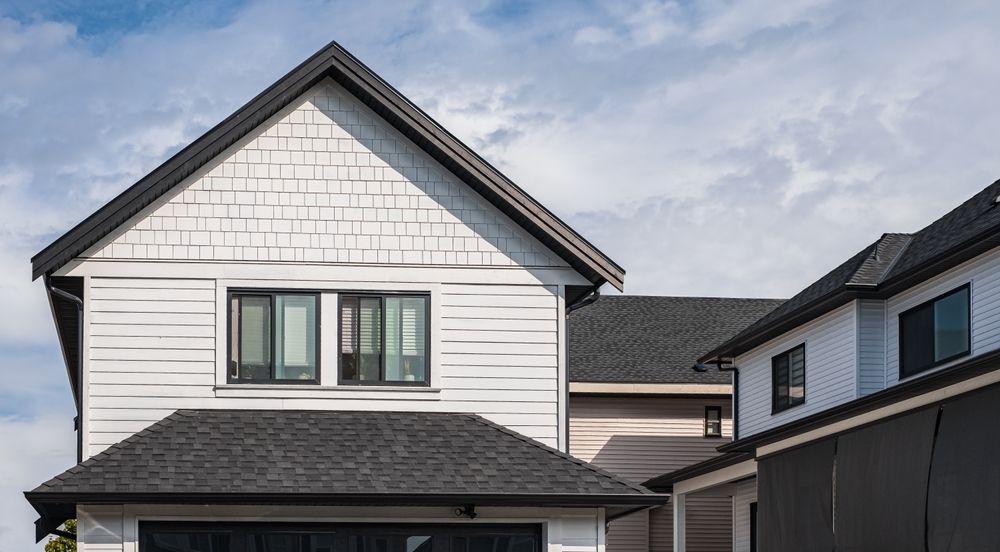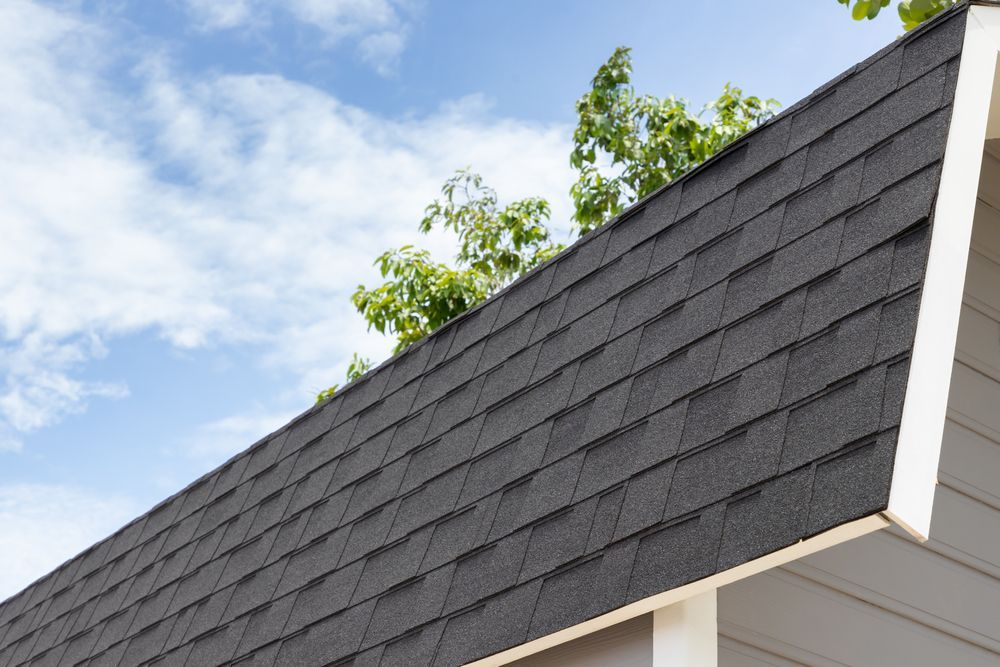If you’ve recently installed one of our rubber roofs, you won’t have to worry about hail damage.
Vermont Slate Hail Proof roofs are warrantied against any size hail for the first 20 years and another 30 years for a hail of two-inch diameter or less.
However, if you don’t yet have a rubber roof, you will likely have to conduct regular inspections of your roof for hail damage if you live in the most hail-affected areas of North America (more about this below).
Even in less-affected areas, remember that it only takes one quick, minute-long hailstorm to cause major damage. After hail, it’s always best to check your roof for signs of damage.
This post takes you through the types of damage to look for on most roofs – and how rubber roofing can save you a lot of maintenance and repair work.
Signs of damage on a roof
After a hailstorm, some of the signs of damage around your home may be obvious: the broken windows, the round dings on the car, and the damaged garden furniture are impossible to miss.
However, detecting damage on your roof may not be so obvious. The signs of damage you should be on the lookout for depending on the type of roof you’ve installed.
How do I inspect for hail damage myself?
After a hail storm, you can perform an inspection of your roof but do not attempt to fix any problems without professional assistance.
You can start by taking a walk around and checking for visible damage. If you have a ladder that will reach the roof, a close-up inspection is a good idea.
A checklist of things to be inspected
A professional inspection of your roof will cover far more than you are able to spot with just a ladder.
Professionals will inspect all the common tell-tale signs of hail damage. This includes damage to:
- Individual tiles, shakes, shingles (dents, pockmarks, bruising, splits, cracks, splintering, mineral loss, depending on roof material)
- Overall appearance (e.g. the shininess of asphalt roofing)
- Gutters and downspouts
- Roof vents
- Siding
- The interior ceiling (for water damage)
What should I do if I think my roof is hail damaged?
If you notice visible damage to your roof during your initial inspection:
- Document any damage with photographs and write down any pertinent details of the storm (date, time, damage details)
- Call your insurance company immediately
- Your insurance company will arrange an assessment
- Your insurance company will seek the advice of professional roofing contractors and inform you of their decision
- Repairs can then be arranged
It’s important to arrange repairs as soon as possible before further structural damage is caused to your roof.
You should also note that a failure to report roof damage immediately after a hail storm could mean that your insurance won’t cover repairs.
Download Printable Checklist
What qualifies as an impact-resistant roof?
An impact-resistant roof is made with materials that are able to withstand wind and simulated hail without suffering damage.
The Class 4 UL2218 test by Underwriters Laboratories simulates the impact energy of free-falling hailstones using steel ball bearings dropped onto roofing material. The balls are dropped from heights starting at 12 feet for a 1.25-inch ball up to 20 feet for a 2-inch ball.
To meet the acceptance criteria of UL 2218, the roof covering material’s exposed surface, back surface and underneath layers must suffer no tearing, fracturing, cracking, splitting, rupture, crazing or show other evidence of opening of the roof covering layer.
However, it is relatively easy for a roofing material to meet these minimum requirements and earn a Class I, II, III, or IV impact resistance rating.
In the real world, hail-fall speeds are dependent upon the size and severity of the storm and can be much more devastating than in the lab test.
So, “impact-resistant” and “hail-resistant” are not necessarily the same and “Class 4 roofing shingles” may be impact resistant but not withstand damage from a hailstorm.
Why is a rubber roof a perfect solution for hail-prone areas?
At Euroshield®, we live by the belief that it’s better to prevent than to repair. We’ve seen the type of damage that hail can do to most types of roofs: metal, shingles, slate, cedar shake.
Whatever type of roof you have, the risk of damage is an almost constant one if you live in the so-called "Hail Alley" region.
This is a vast region of North America encompassing:
- Texas – especially the Dallas, Ft. Worth, San Antonio, and Austin areas
- Oklahoma (especially the Oklahoma City and Tulsa areas)
- Kansas, Nebraska, Missouri, South Dakota, Indiana
- Wyoming and Colorado
- North Carolina and Virginia
- Illinois and Minnesota
- Alberta
- Southern Ontario
If you live in one of these areas or in any other hail-affected area around the globe, and impact-resistant roof may not be enough.
No homeowner wants to keep spending money on a roof that fails time and time again due to hail impact. A hail-proof roof is a necessity.
Thankfully, there is a type of roof available now that can give you complete peace of mind no matter what size hailstones that nature throws at you: a Euroshield® rubber roof called Vermont Slate HP.
These rubber roofs (made from 95 percent recycled tire rubber) are virtually maintenance-free and have been proven to withstand impact from hail without a blemish.
The level of hail resistance of rubber roofing
Vermont Slate HP (Hail Proof) roofing material looks exactly like slate.
However, unlike slate, it provides any size hail impact damage resistance for the first 20 years after installation. Thereafter, it provides 30 years of hail resistance (for hailstones up to two-inch in diameter).
This roofing material has been tested by being blasted with a four-inch simulated hail at speeds of 183mph using our custom-built air cannon. The Vermont Slate HP roofing panels exhibited no damage after impact.
As well as saving huge amounts of waste material from ending up in landfills, Euroshield® rubber roofing panels are extremely tough.
Our rubber panels are also a very eco-friendly option so you get the best of both worlds: the peace of mind that comes with knowing that you’ve done something good for the planet as well for the long-term future of your home.

